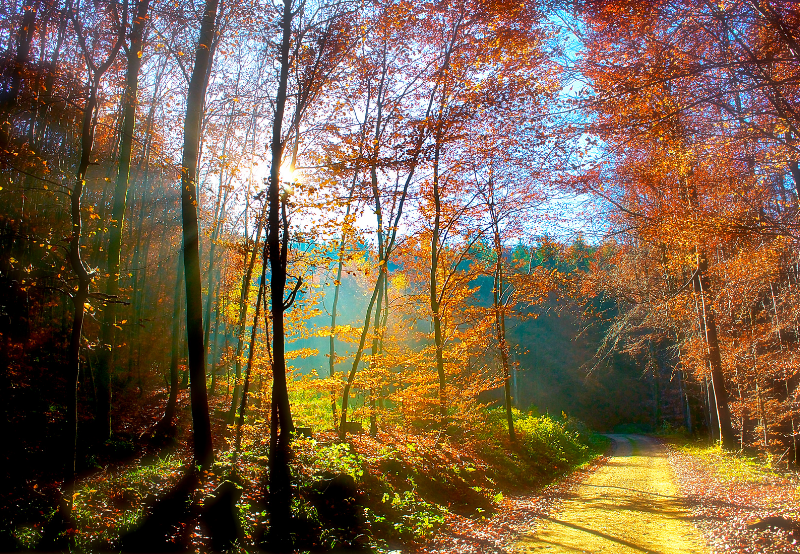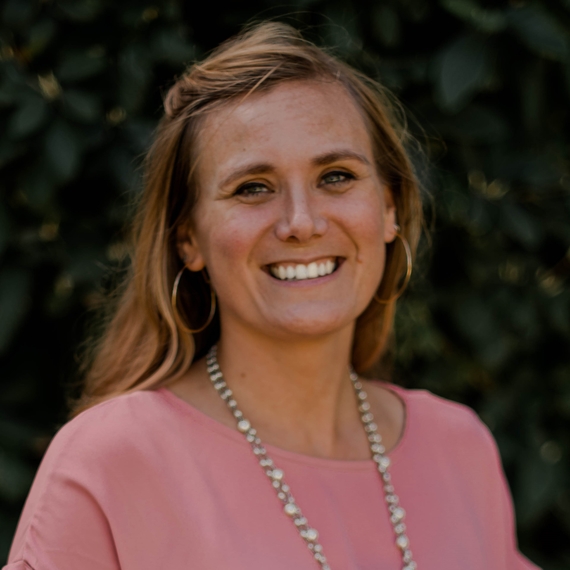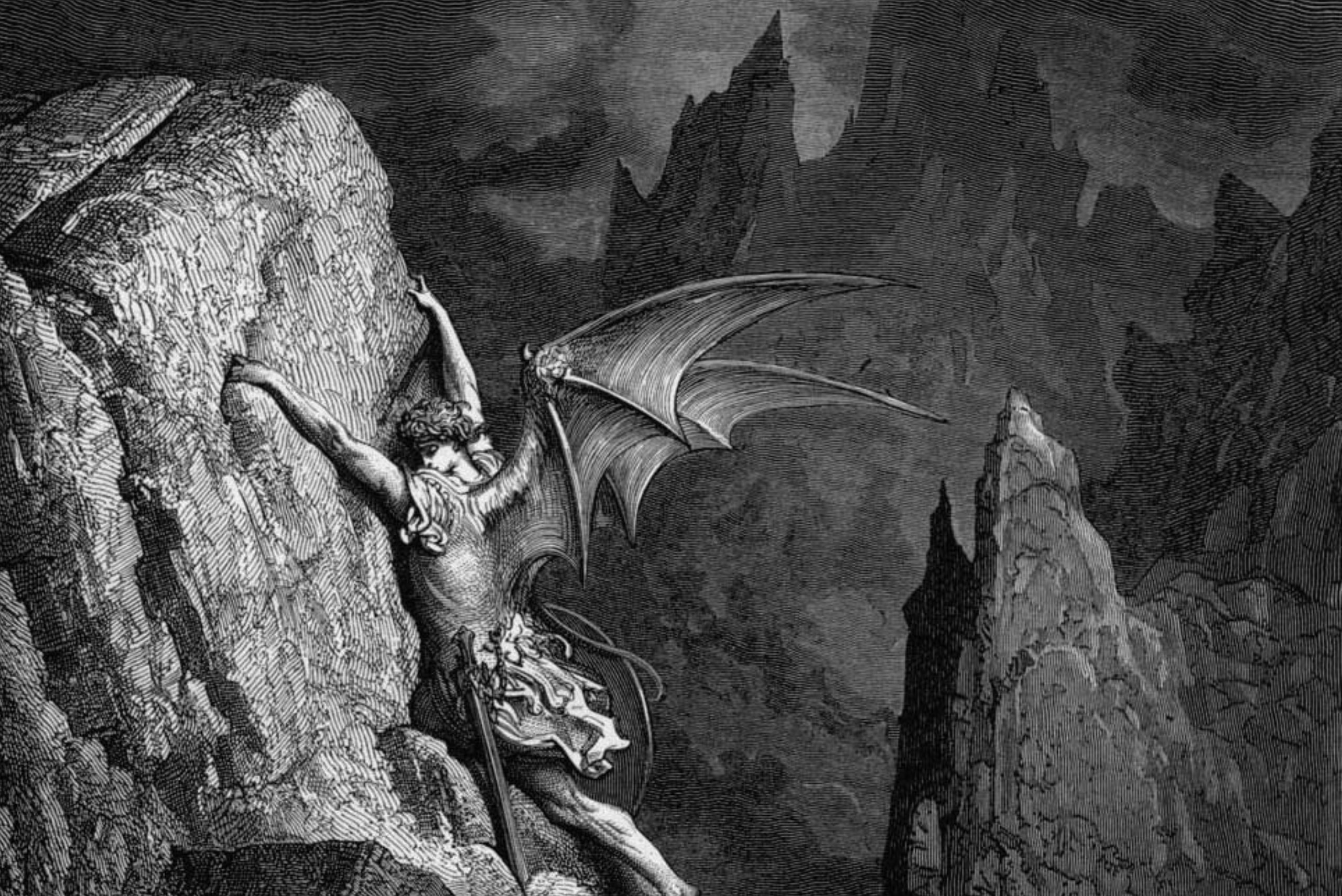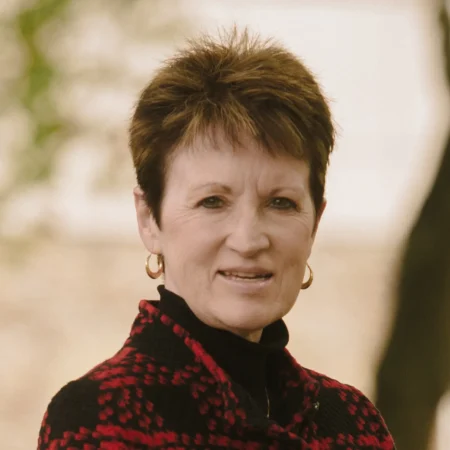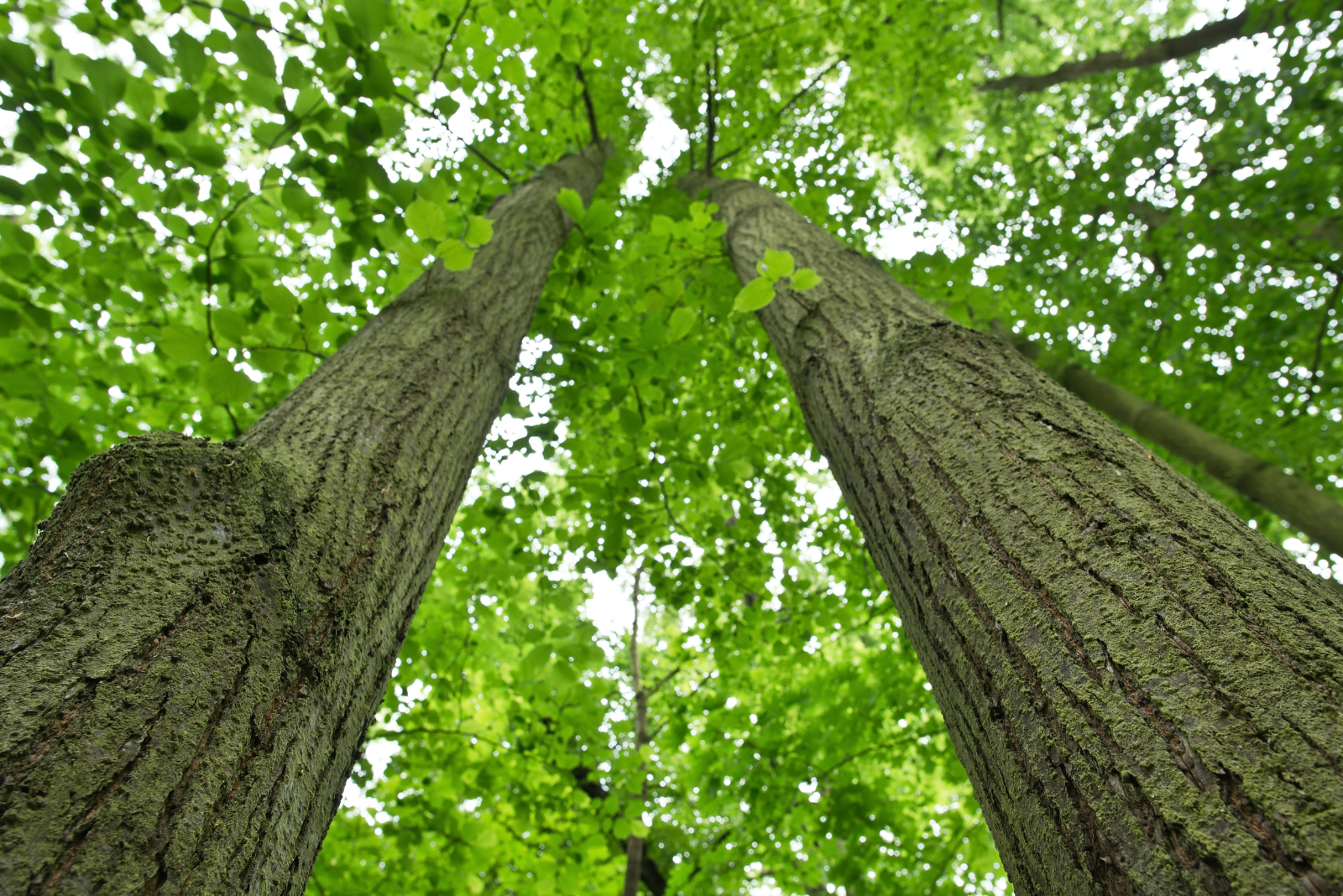When the Houston county Board of Education put on a summer enrichment program for 4th, 5th, and 6th graders, I signed up for a painting class. (I signed up for Rocketry too, but that fact doesn’t figure into this story). It was the summer of 1980; the American hostages were still being held in Iran (surprisingly, that fact does figure into this story).
On the first day of class, our teacher stalked in five or ten minutes late. She surveyed the bright and willing faces of her nine-, ten-, and eleven-year-old students. She seemed unimpressed.
The teacher wasn’t much taller than the eleven-year-olds in the class, but she was an imposing presence nevertheless. Her eyes somehow flickered back and forth between heavy-lidded indifference and an artistic wildness that I have since decided was mostly affectation. But it made an impression on me at the time, I don’t mind telling you.
“If you’re here because you want to paint pretty pictures for your mama…” she began, then she paused for effect. Her gaze fell on me; I think she could see on my face how much I loved my mama. She smirked. “If all you want is to make pretty pictures for your mama, I’d suggest you leave this class right now and go get yourself a camera.”
My mama, of course, was paying for my art lessons. She was expecting to get at least one pretty picture out of the deal, and who could blame her? There was an artist in the area who made a good living painting pictures of derelict barns and outmoded farm equipment, all in neutral tones. He was one of my mother’s favorites, and I secretly planned to surprise her with a painting in his style.
“Art isn’t just pretty pictures,” the teacher was continuing. “Real art says something. Real art makes a stand. Real art is political.” She had made her way to a large stretched canvas that faced against the wall, and even I, the naive ten-year-old, could see a Dramatic Flourish coming.
When the teacher whipped the canvas around to face us, it electrified the room. It was a life-sized portrait of the Ayatollah Khomeini. Only when you looked at it closer (the teacher invited all of us to come up and get a closer look), you could see that the pupils of his eyes were actually the silhouettes of people running for terror, and his flowing gray beard was actually the smoke of a burning village at the bottom of the canvas. There were more people running in terror out of the village houses. They were naked, for some reason. Lurid flames licked in the background.
It was a political painting, the teacher explained. It took a stand.
I don’t know how many Khomeini supporters there were in Middle Georgia at the time, but I had to admit, this painting would definitely give them something to think about. It was strong meat.
I gave up on my idea of painting a barn and a rusty harrow. That didn’t Say Anything. I soon realized, however, that I didn’t have Anything Much to Say–not at ten years old, anyway. I ended up painting a picture of a football player. He was the last person remaining on the field; even the stands were empty. In the top-right corner of the canvas, a blue balloon was floating away into the ether. The balloon was supposed to Symbolize Something, though I don’t think I knew what, even at the time. My teacher was not very impressed. Shortly thereafter I put away my paints and moved on to other interests.
